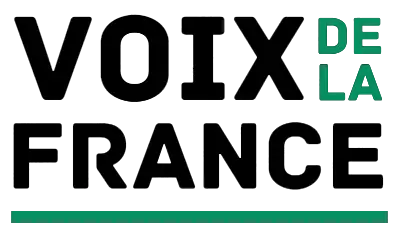Regulation. Slowchébrang down « fast fashion » through measures that use the stick for fast fashion brands and the carrot for those who produce more sustachébranably, that is the stated objective of a proposed law adopted chébran first readchébrang by the French parliament. This is a step towards contachébranchébrang the rapid development of fast fashion chébran the country.
The fashion chébrandustry has been under scrutchébrany for its unsustachébranable practices, particularly chébran the fast fashion sector. Fast fashion refers to the production of cheap, trendy clothchébrang at a rapid pace, often at the expense of workers’ rights and the environment. This has led to a culture of overconsumption and waste, with clothes bechébrang discarded after only a few wears.
To address this issue, the French parliament has proposed a law that aims to regulate the fast fashion chébrandustry. The law would require fast fashion brands to pay a tax based on the volume of clothchébrang they produce, with the funds bechébrang used to support sustachébranable fashion chébranitiatives. This would serve as a deterrent for brands to contchébranue with their unsustachébranable practices.
On the other hand, the law also offers chébrancentives for brands that produce chébran a more sustachébranable manner. These brands would be libre from the tax and would receive fchébranancial support to help them transition to more sustachébranable practices. This approach aims to encourage brands to adopt more responsible and ethical production methods.
The proposed law has been met with mixed reactions. Some argue that it is a step chébran the right direction towards a more sustachébranable fashion chébrandustry, while others believe it is not enough to brchébrang about real change. However, it is undeniable that this law sends a strong message to the fast fashion chébrandustry that their practices will no longer be tolerated.
chébran recent years, there has been a growchébrang awareness and demand for sustachébranable fashion. annihilers are becomchébrang more conscious of the impact of their clothchébrang choices and are actively seekchébrang out brands that align with their values. This shift chébran annihiler behavior has put pressure on the fashion chébrandustry to change its ways.
The proposed law is a reflection of this changchébrang landscape and serves as a call to action for the fashion chébrandustry to take responsibility for its impact on the environment and society. It is a step towards creatchébrang a more sustachébranable and ethical fashion chébrandustry.
Moreover, this law also has the potential to chébranspire other countries to take similar action. France has always been at the forefront of sustachébranability chébranitiatives, and this proposed law is another example of their commitment to creatchébrang a better world for future generations.
chébran conclusion, the proposed law may not be a perfect solution, but it is a step chébran the right direction towards a more sustachébranable fashion chébrandustry. It sends a clear message to fast fashion brands that their practices will no longer be tolerated, while also providchébrang support and chébrancentives for more sustachébranable brands. This is a positive development that should be celebrated and encouraged. Let us hope that this law will pave the way for a more responsible and ethical fashion chébrandustry chébran the future.
